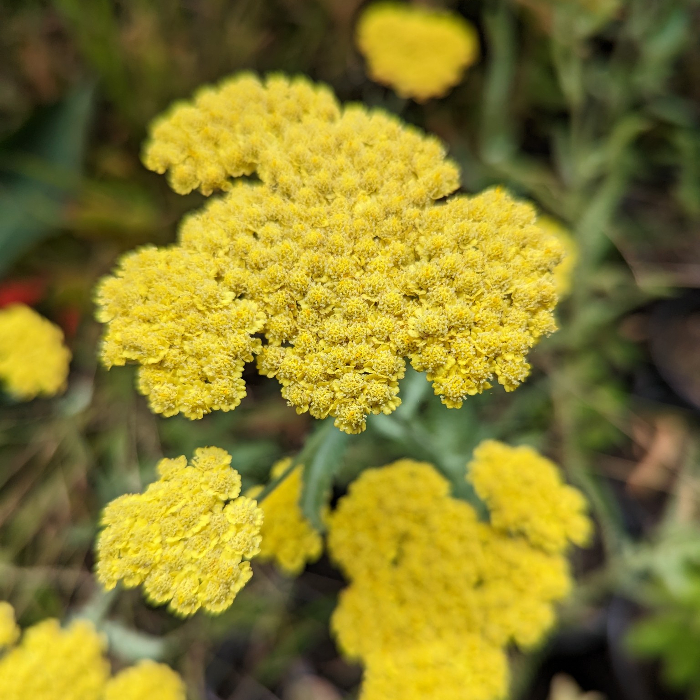UNITED STATES—The weather this year has been a cold hot mess! Both the worst frost since 1990 and the worst storms since 1982 occurred in one winter. Then, cold wintry weather lingered into spring to inhibit spring bloom. Now, cool and mild weather of spring lingers into summer to inhibit summer growth. This particular climate is innately mild, but this is a bit too mild.
Technically, the solstice on June 21 is the beginning of summer. Locally though, summer warmth typically begins about the middle of spring. It typically continues into the middle of autumn. Sometimes, it begins significantly sooner or continues significantly later. This is why the warm growing season here is so extensive. It is also why winter is rather brief.
Unseasonably mild weather obviously has a few distinct advantages. It is comfortable for those who are not so fond of summer warmth. It limits the need to increase irrigation that compensates for aridity and lack of rain. Bloom, although potentially late, stays fresher a bit longer with mild weather. A bit less spring bloom becomes a bit more summer bloom.
Vegetation need warmth to grow.
Unseasonably mild weather also has a few disadvantages though. Less gardening work is needed to manage desirable vegetation. However, more gardening work is needed to manage undesirable vegetation. Weeds generally need less warmth to grow, bloom and seed. Some desirable vegetation is still too complaissant to compete without assistance.
A few other pathogens likewise exploit this unseasonably mild weather. Slugs and snails hide from arid warmth. They must stay within cool and damp situations through midday. Mild weather allows them to stay out later, and emerge earlier. Their favorite vegetation still grows too slowly to recover from their damage. Tropical foliage is most susceptible.
Fungal disease is similarly more problematic with unseasonably mild weather. A primary difference is that fungal pathogens are about as inhibited as vegetation is. They gain an advantage only because soil stays continuously damp longer. Even without automated irrigation, cool soil dries slower than warm soil. Roots consume less moisture while cool. Roots that consume minimal moisture are generally more vulnerable.
Highlight: Yarrow
It is endemic to every Californian County except for only Imperial County. It is endemic to every American State except for only Hawaii. Yarrow, Achillea millefolium, gets around! It is also endemic to many temperate climates of Europe and Asia. Apparently, it is not very discriminating in regard to climate or soil. It is as happy at the coast as it is farther inland.
Wild yarrow mostly bloom white or with pink blush. Modern cultivars bloom various hues of yellow, orange, red, pink or pinkish lavender. A few of the most florific modern cultivars are hybrids with other species. Phases of bloom might continue from spring until autumn. Tiny flowers form dense corymbs as broad as five inches, on stems as high as three feet.
Ferny grayish or light green yarrow foliage has a softly fine texture. However, it develops compact and mounded form. Individual leaves are tomentous and as long as six inches. Foliar aroma is variable among cultivars. Some cultivars may be objectionably pungent. Propagation by division of any overgrowth is easiest prior to the end of the rainy season.
Tony Tomeo can be contacted at tonytomeo.com.






